
Unlock the Power of Vaseline: 16 Beauty Benefits & Smart Precautions
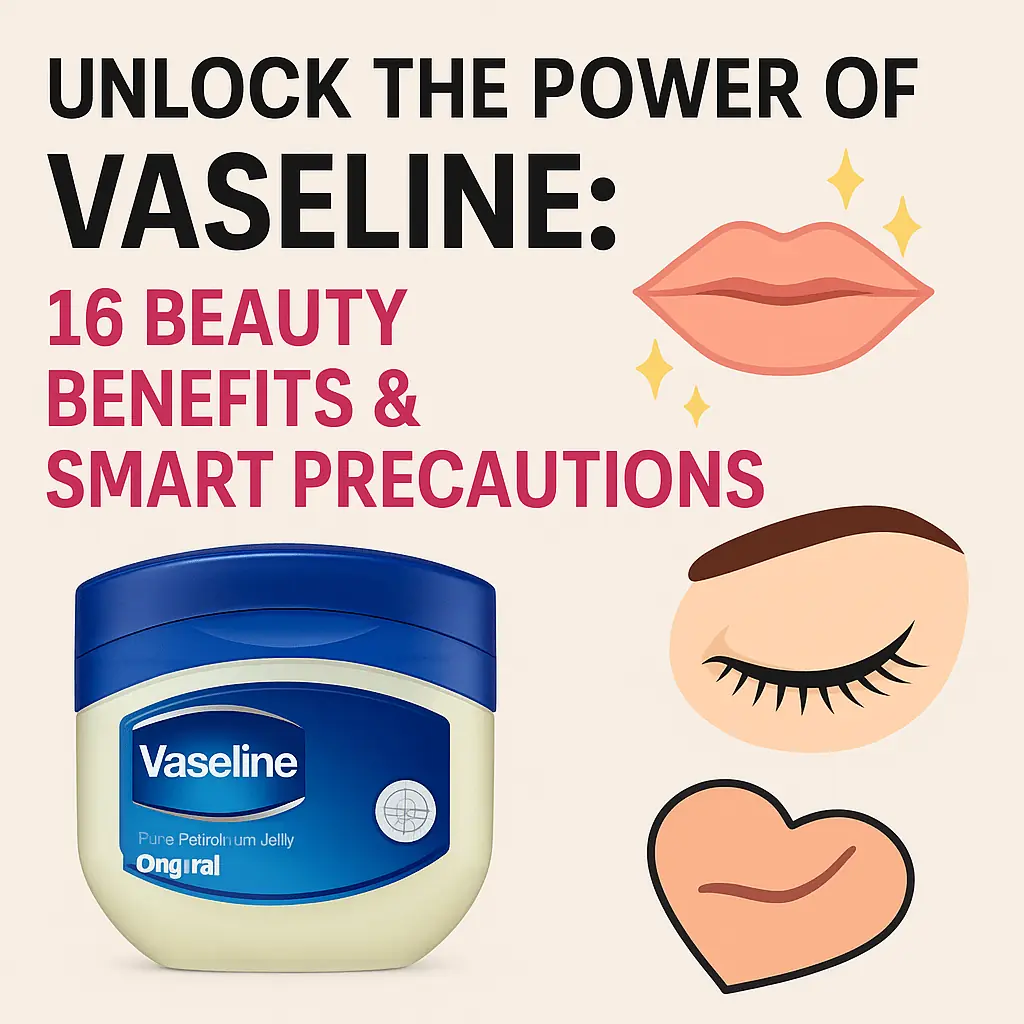
Vaseline is a familiar product trusted by both men and women for various skincare and body care purposes. Let’s take a deeper look into what Vaseline is, how it works, and important things to consider when using it.
What is Vaseline?
Vaseline is a moisturizing product made from petroleum jelly, produced by Unilever. Petroleum jelly (also known as petrolatum) is a semi-solid mixture of hydrocarbons derived from petroleum. It is odorless, tasteless, smooth, and shiny, and is refined to remove impurities and combined with natural waxes.
This substance was discovered by Robert Augustus Chesebrough in 1859 when he observed oil workers using a petroleum-based wax to heal wounds and burns. He studied it and eventually packaged it under the name "Vaseline."
Vaseline is widely known for its excellent moisturizing properties and its versatile use in daily life. Here are 16 amazing uses of Vaseline you can apply.
1. Moisturizing the Skin
Modern moisturizers often contain ingredients from four main categories:
-
Emollients
-
Humectants
-
Occlusives (including Vaseline)
-
Protein rejuvenators (anti-aging agents)
Vaseline works by creating a barrier on the skin’s surface, which reduces transepidermal water loss (TEWL), effectively locking in moisture.
A 2016 study showed that Vaseline can prevent over 98% of water loss through the skin, compared to similar oil-based moisturizers like lanolin, which only prevent about 20–30%.
2. Softening and Moisturizing Lips
The skin on the lips lacks oil glands, making them prone to dryness—especially during dry weather.
Vaseline forms a protective layer on the lips, preventing moisture loss. Regular use helps keep lips hydrated, reducing dryness, cracking, and bleeding.
3. Exfoliating the Lips
Vaseline softens the outer skin layer. When combined with sugar or salt, it becomes a gentle exfoliant that removes dead skin.
To use:
-
Apply the mixture and leave on for 15–20 minutes.
-
Gently massage with a soft cloth or damp cotton pad.
-
Rinse with warm water.
Use 2–3 times per week for soft, pink lips.
4. Eyelash Care
Many women use Vaseline to condition eyelashes and the delicate skin around the eyes. While there is no formal evidence confirming that Vaseline promotes lash growth, its gentle formula makes it suitable for sensitive areas.
Tips:
-
Use a cotton swab to apply a small amount.
-
Be gentle and avoid contact with the eyes.
-
Don’t allow the swab to scratch the cornea.
It’s also proven helpful in treating blepharitis caused by eyelash mites.
5. Healing Minor Cuts and Burns
Originally discovered by oil workers, Vaseline is effective in protecting small wounds.
It forms a physical barrier that shields the wound from external irritants like dust and bacteria, promoting a safe healing environment.
6. Slowing Down Aging
Moisturizing is a key step in anti-aging routines. Vaseline strengthens the skin barrier and protects against oxidative damage caused by free radicals.
Note: Vaseline does not reduce wrinkles or minimize pores.
7. Preventing Diaper Rash
Vaseline soothes irritated skin and forms a protective layer on delicate areas, such as a baby’s bottom.
Apply a small amount to red or inflamed areas to reduce friction and irritation from diapers or clothing.
8. Moisturizing Nails and Cuticles
Nails are made of keratin and can become dry or brittle. Applying Vaseline regularly nourishes both the nails and surrounding skin, helping maintain healthy, shiny nails.
9. Soothing Itchiness from Eczema
Vaseline’s hydrating and barrier-restoring properties make it useful in managing atopic dermatitis (eczema), reducing itching and dryness.
Doctors recommend regular use—even when symptoms are not visible—to prevent flare-ups.
10. Managing Psoriasis and Eczema Symptoms
Dry skin can trigger psoriasis. Daily use of Vaseline on affected areas acts as a protective shield and reduces the likelihood of new outbreaks.
11. Supporting Rosacea Treatment
Rosacea is common in middle-aged women, especially those with fair skin. It manifests as redness, acne-like bumps, and visible blood vessels.
Vaseline helps regulate peptides in the skin’s upper layers and protects against external triggers like dust and bacteria.
12. Removing Eye Makeup
As a mineral oil-based product, Vaseline gently dissolves waterproof makeup, especially around the eyes. It’s safe, non-irritating, and doesn’t dry out the skin.
13. Preventing Split Ends
Lack of moisture and nutrients can lead to hair breakage and split ends.
Vaseline provides hydration post-wash, helping seal and repair damaged hair. Research shows that mineral oil restores damaged hair better than sunflower oil, making it a popular ingredient in Indian hair care products.
14. Reducing Razor Burn and Irritation
Before shaving, applying a thin layer of Vaseline softens the skin and hair, minimizing razor cuts. After shaving, it soothes small nicks and protects against infection.
15. Extending Perfume Longevity
Vaseline holds fragrance molecules longer than bare skin. Dab a little on pulse points before spraying your favorite perfume to make the scent last longer.
16. Cleaning Makeup Stains
As a derivative of petroleum, Vaseline helps break down long-wear makeup. It’s great for removing stains from waterproof mascara or matte lipstick on skin or fabric.
Effects of Vaseline on Different Skin Types
Dry Skin
Thanks to its moisture-sealing properties, Vaseline is trusted and considered safe for people with dry skin. It helps alleviate dryness, reduce cracking, and gives the skin a soft and hydrated feel by forming a protective barrier that locks in moisture.
Oily Skin
Although Vaseline is safe for skin in general, using it on oily skin may cause clogged pores and a heavy, greasy feeling. It can increase the burden on oil-producing glands, which may raise the risk of acne formation.
Sensitive Skin
Unilever, the manufacturer, confirms that Vaseline is gentle and safe to use on the skin. Therefore, people with sensitive skin can generally feel confident using it.
However, it’s still recommended that those with sensitive skin perform a patch test before full use:
-
Apply a small amount on the inner elbow area.
-
Observe for any reactions.
-
Use only a moderate amount on the skin when applying.
Drawbacks of Vaseline
-
Possible allergic reactions
While rare, some individuals may be allergic to the petroleum components in Vaseline. -
Does not hydrate the skin
Vaseline works by sealing in existing moisture; it does not provide moisture itself. -
Feels heavy and greasy
Vaseline does not absorb into the skin but rather creates a surface barrier, which may feel sticky and suffocating for some users. -
Can trap dirt and bacteria
Because it forms a seal, it may also trap dust and microbes on the skin surface if not cleaned properly.
How to Minimize Disadvantages
Vaseline is generally safe and can be used on various skin types. However, to avoid side effects:
-
Use only a small amount, appropriate for the skin area.
-
Do not apply a thick layer all over the face or body.
-
Always cleanse your skin daily and wash off Vaseline regularly to prevent buildup.
-
Wash your hands before applying Vaseline to avoid introducing bacteria to the skin.
Important Precautions When Using Vaseline
❌ Do Not Ingest
The digestive system cannot break down petroleum jelly. Since it is lighter than water, it can float and stick to the intestinal walls, potentially impairing digestive function.
☀️ Do Not Use on Sunburned Skin
Because Vaseline is oil-based, it forms a heat-retaining barrier. Applying it to sunburned skin may trap heat and worsen symptoms like redness or burning. Avoid use when your skin is inflamed from sun exposure.
❌ Do Not Apply to Acne-Prone Areas
Applying Vaseline over acne can clog pores, delay healing of blemishes, and potentially worsen the breakout due to its occlusive nature.
❌ Not for Sexual Use
Some people mistakenly assume Vaseline’s slick texture means it can be used as a lubricant. However, it’s not intended for internal use and is not proven safe for mucous membranes or intimate areas. It may even increase the risk of irritation or infection.
News in the same category

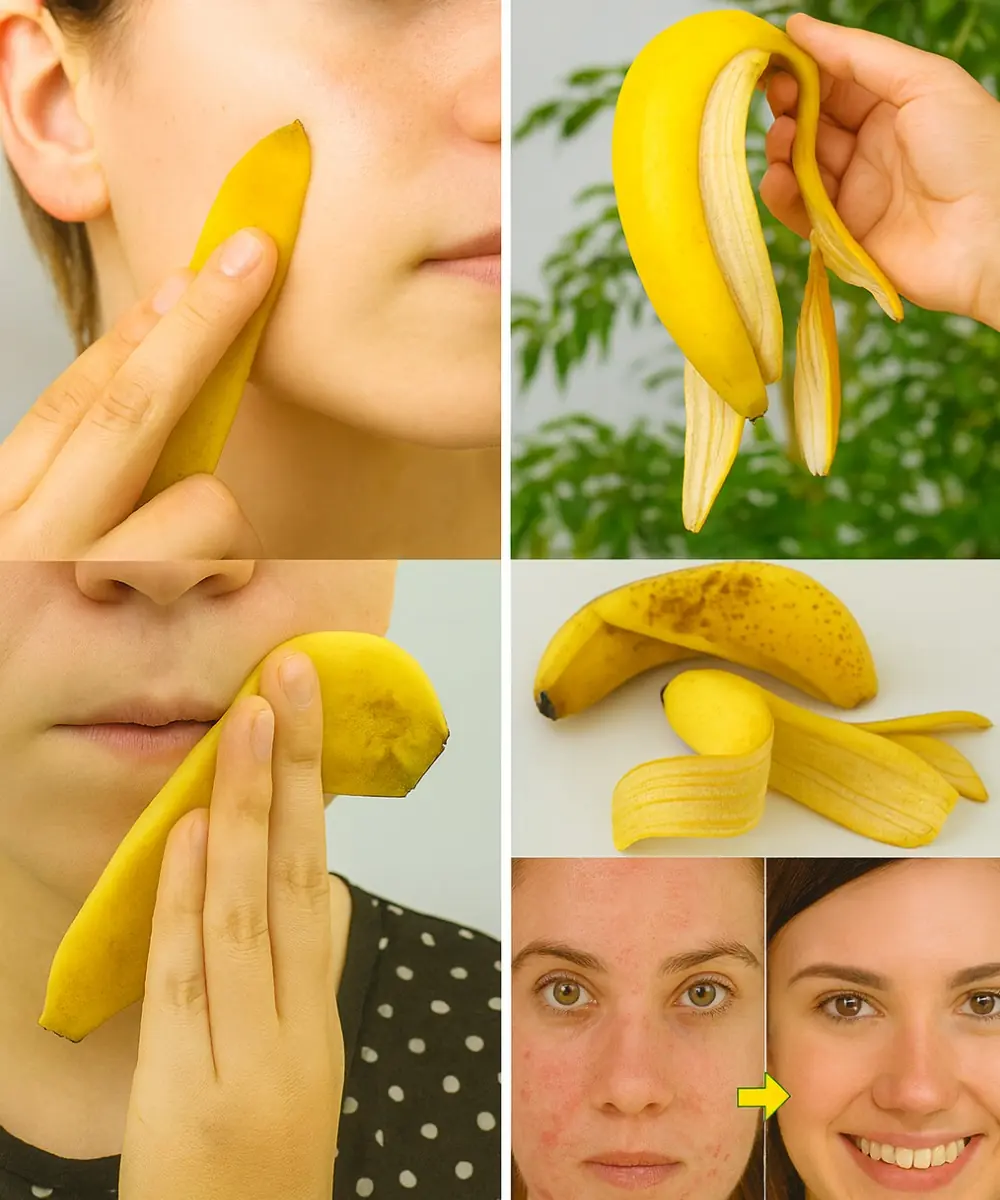
Discover the Japanese Beauty Secret: Banana Peels for Timeless, Youthful Skin
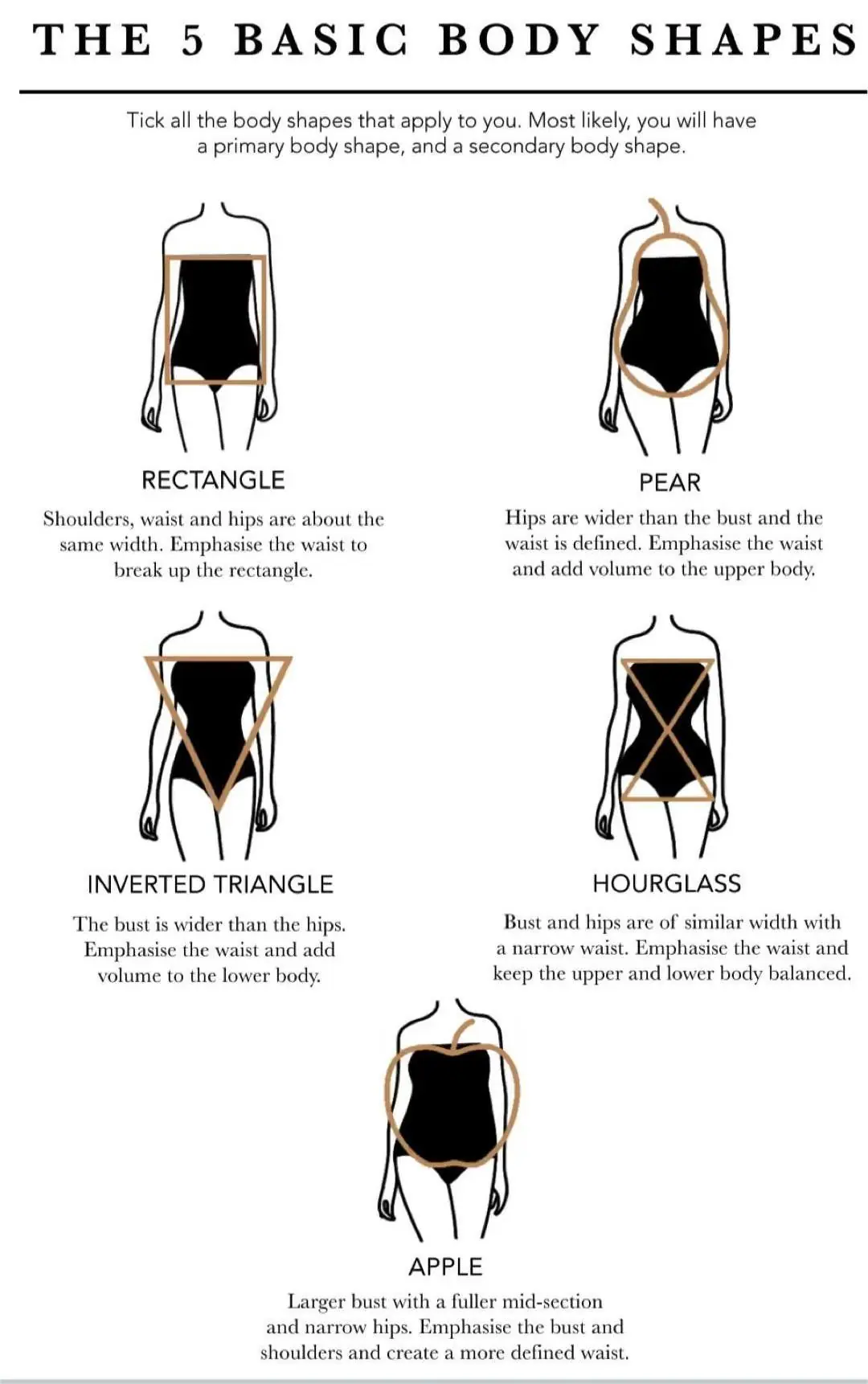
What Body Shape Are You? Easy Steps to Identify It
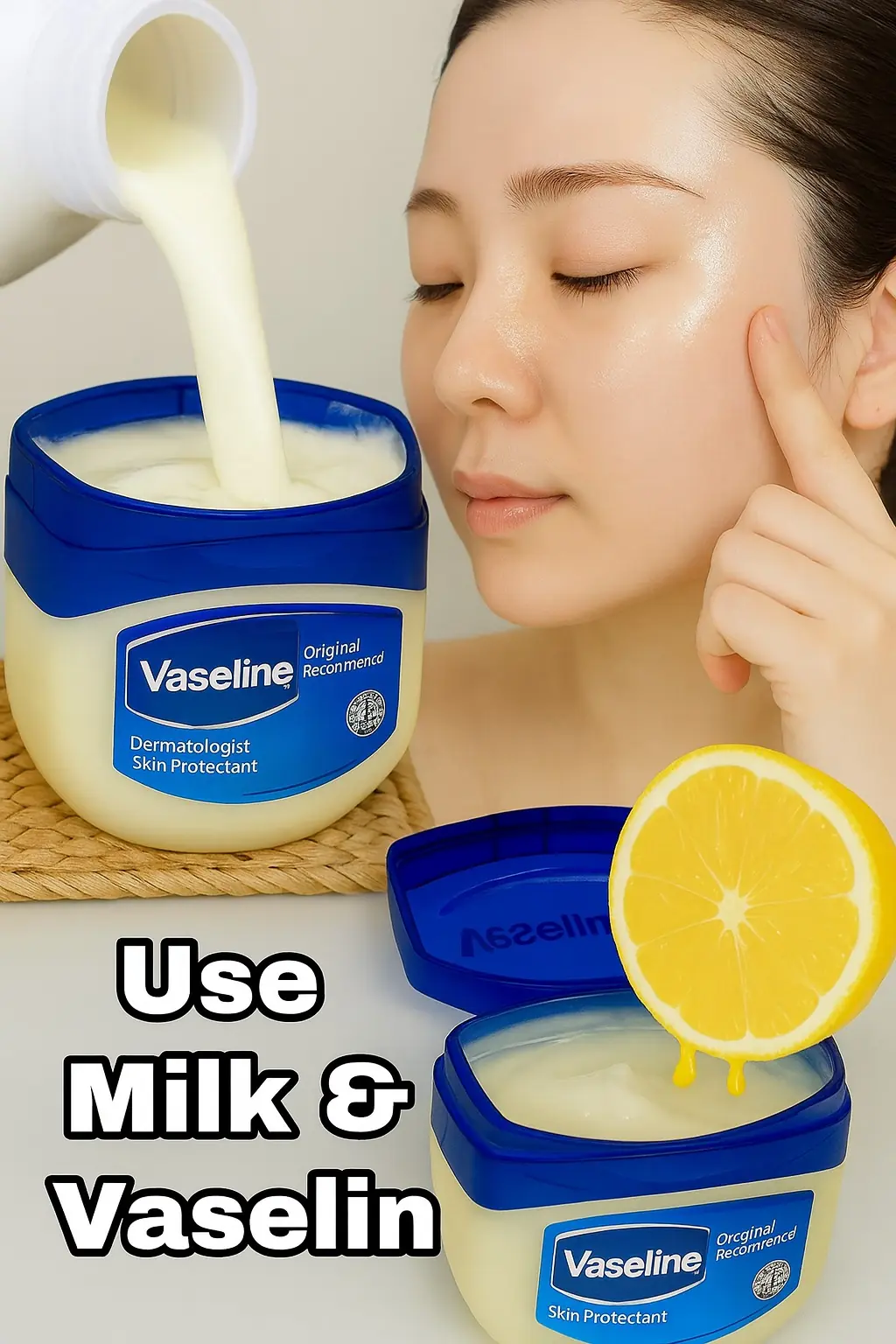
Transform Your Life with Vaseline: 18 Genius Hacks for Beauty and Home
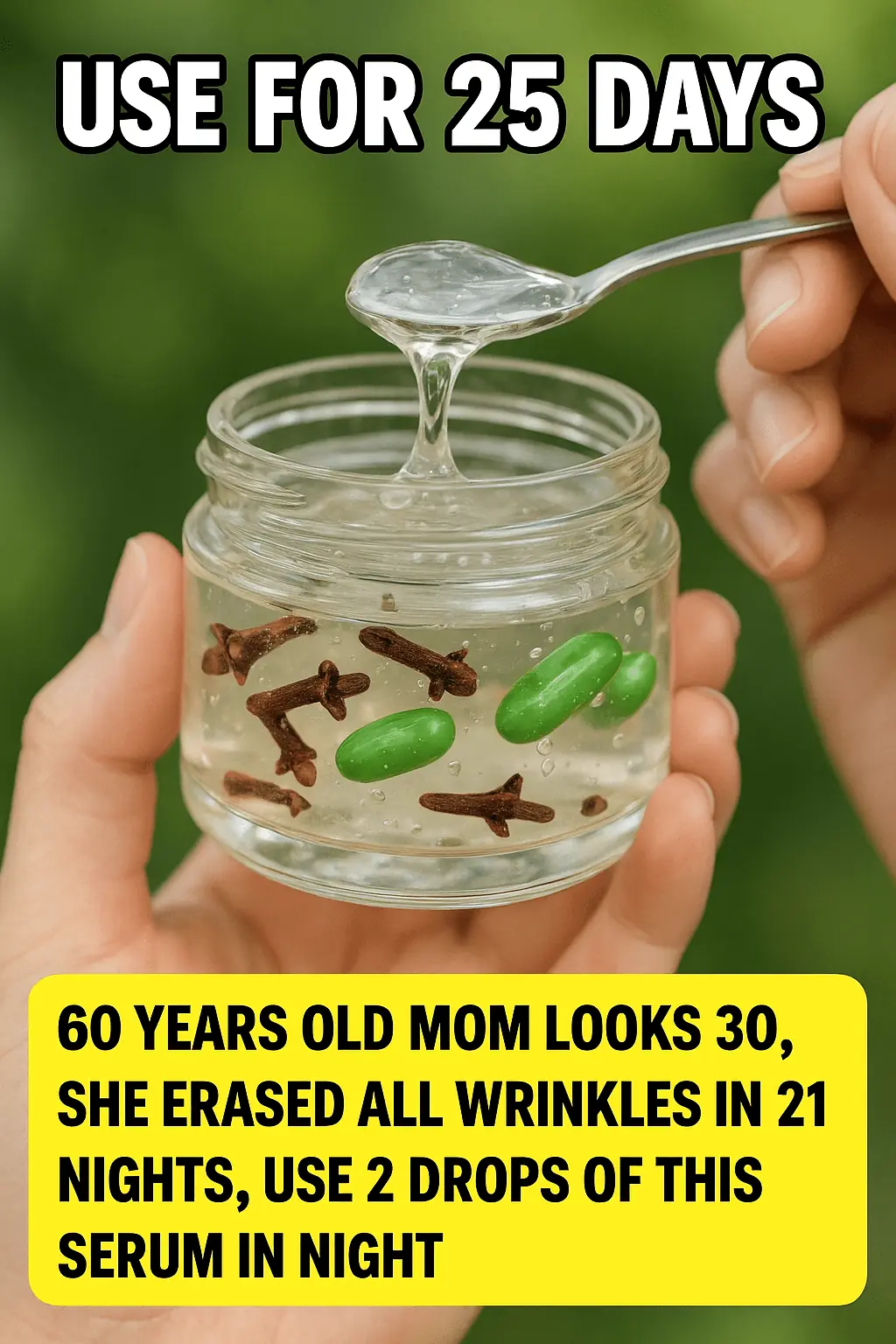
DIY Clove Wrinkle Eraser Serum – Get Younger, Glowing Skin Naturally!

Clove Baby Oil – Natural Botox Oil For Wrinkle-Free Skin
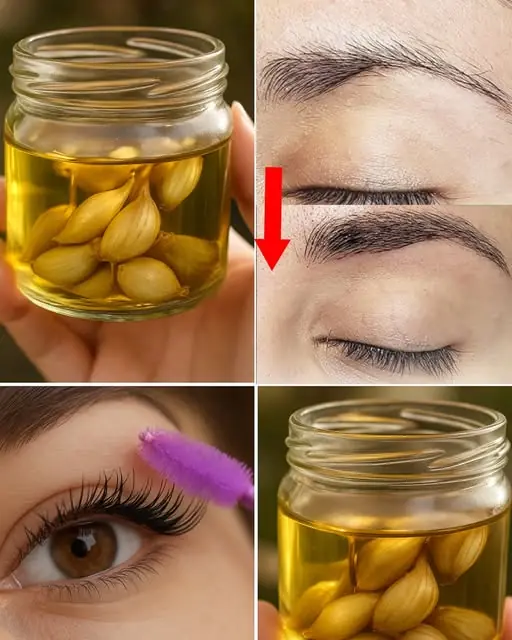
Revitalize Your Eyebrows and Eyelashes: Say Goodbye to Thinness with This Natural Remedy of Just 2 Ingredients

How to make Fennel Seeds Water/ Tea – Benefits of Fennel Seeds for Weight Loss & Health

Flaxseeds Sleeping Mask That Will Transform Your Skin

The One-Ingredient Blackhead Remedy Hiding in Your Fridge 🥚
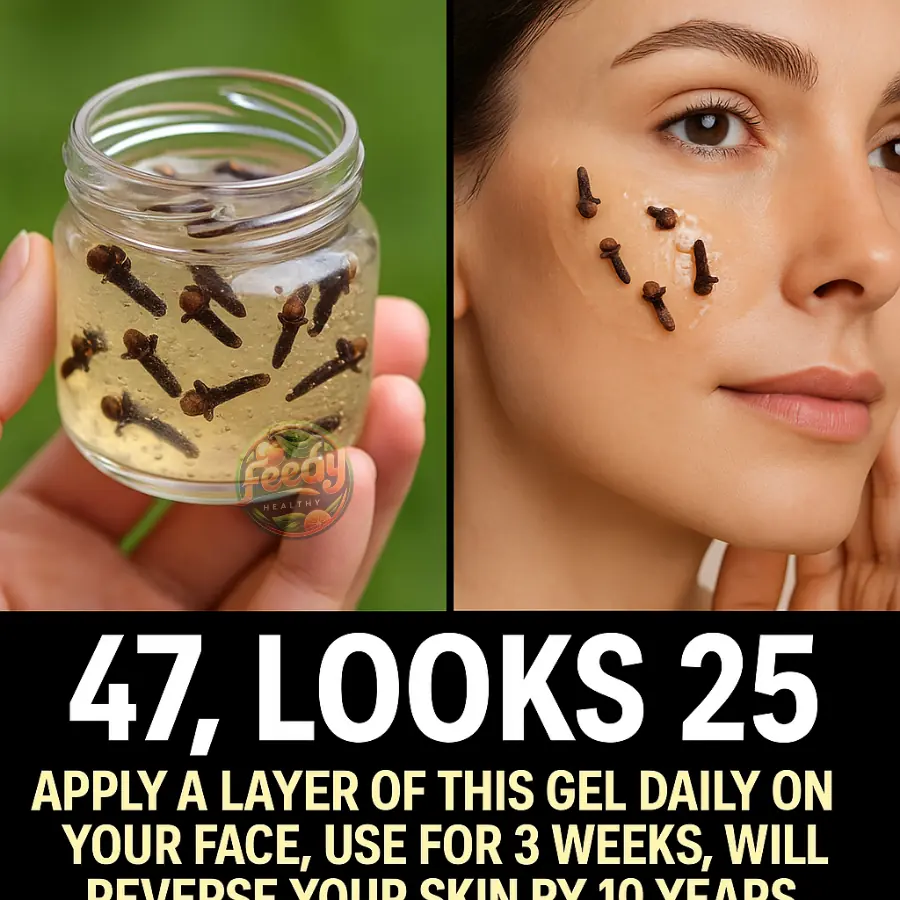
Clove Night Gel For Glass Skin
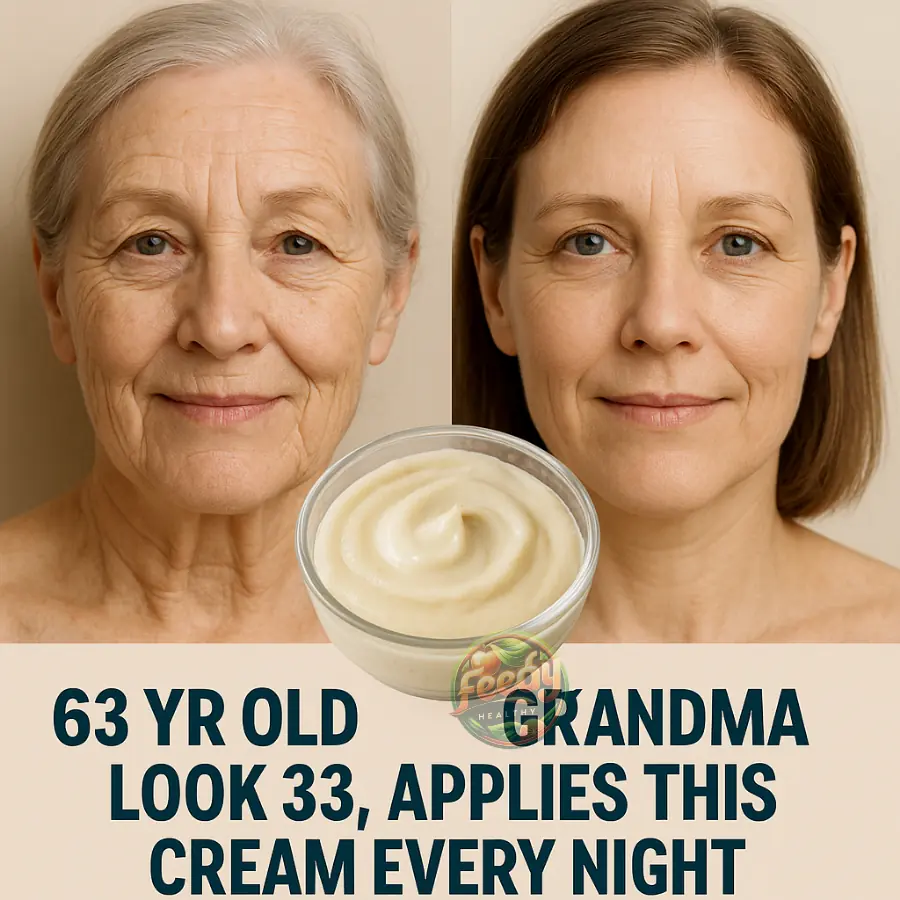
Rice Collagen Cream: No Wrinkles At Any Age
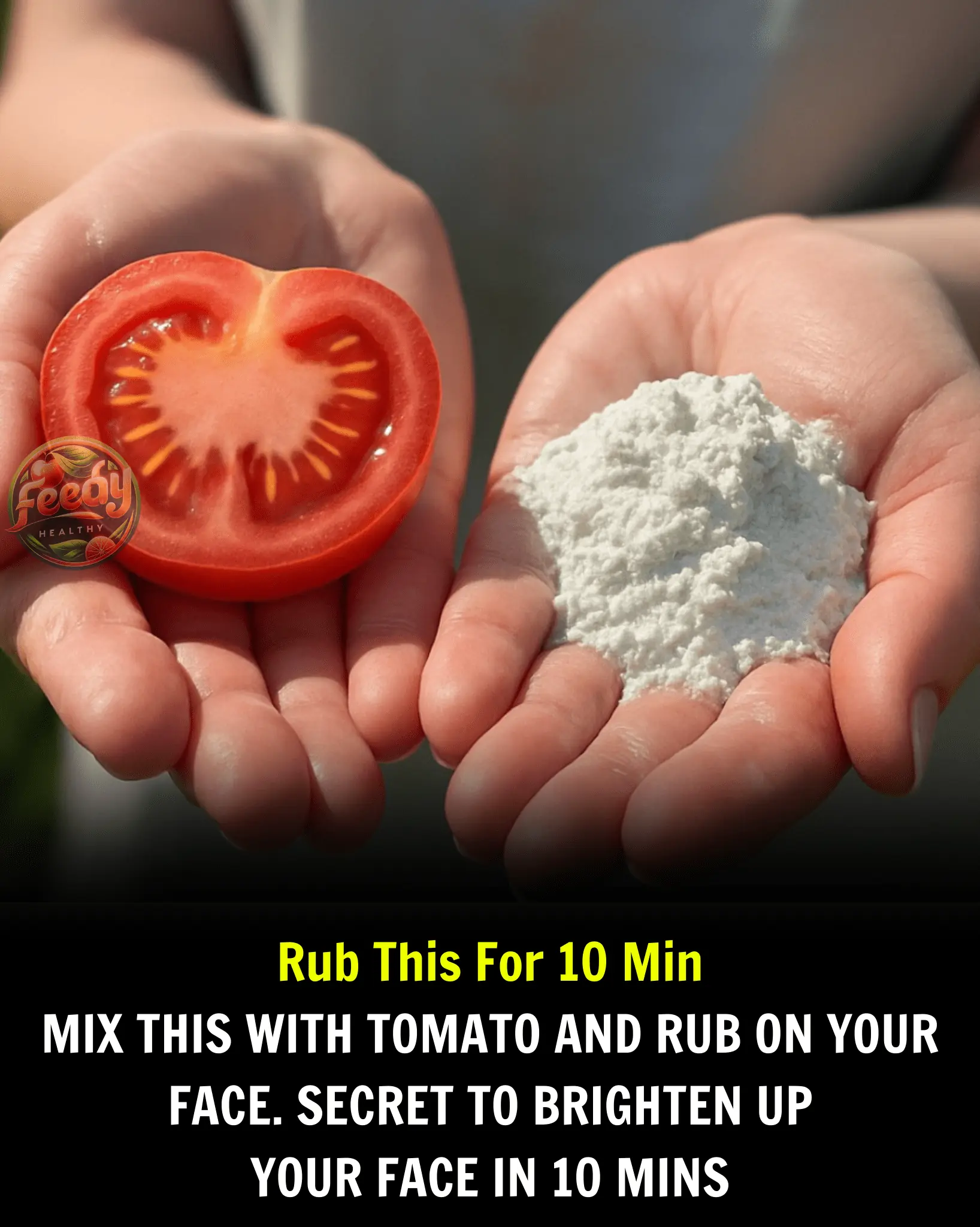
Rubbing Tomato Slices on Your Face Has Amazing Benefits
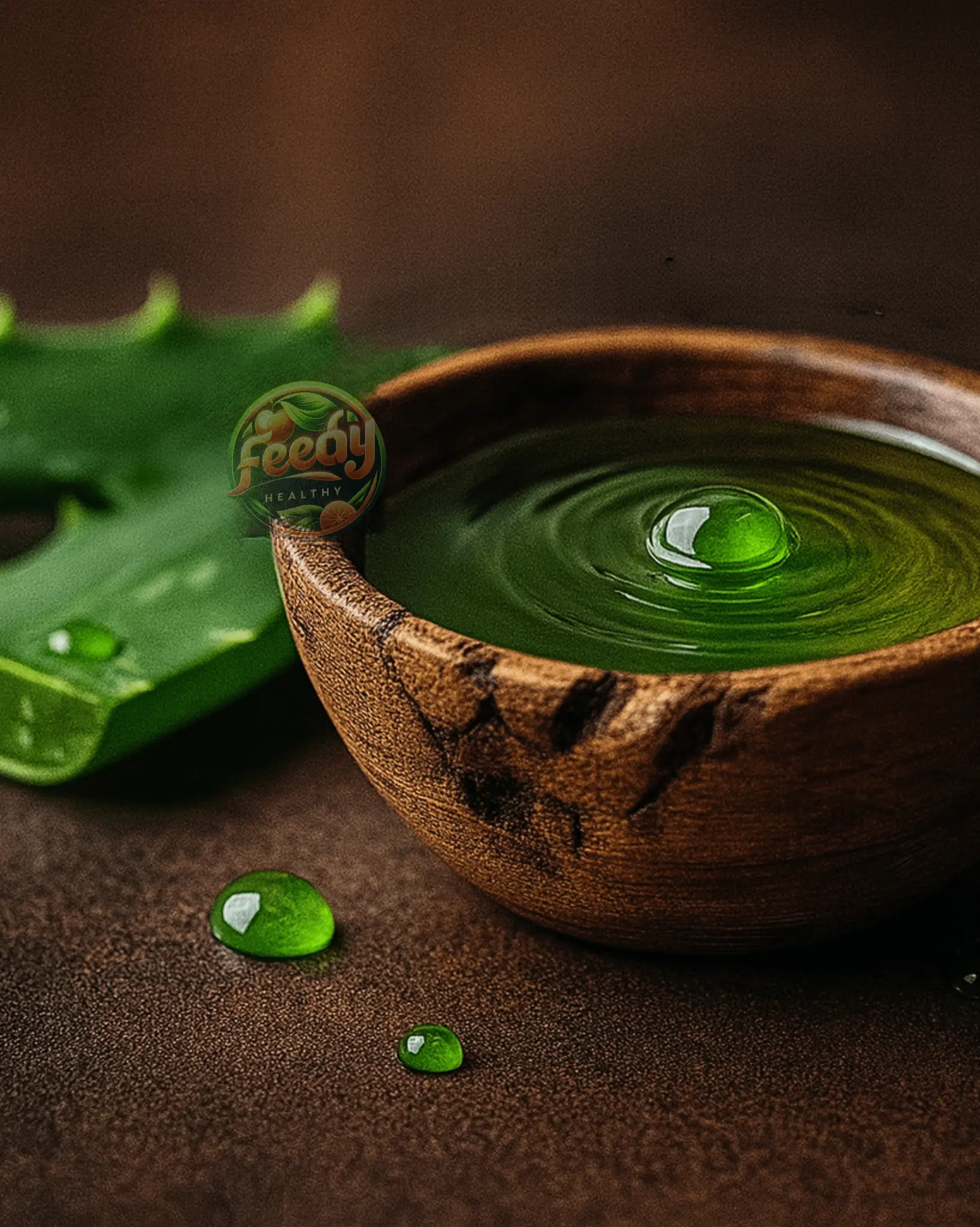
Homemade Okra Face Gel – Collagen Gel for Glowing Skin
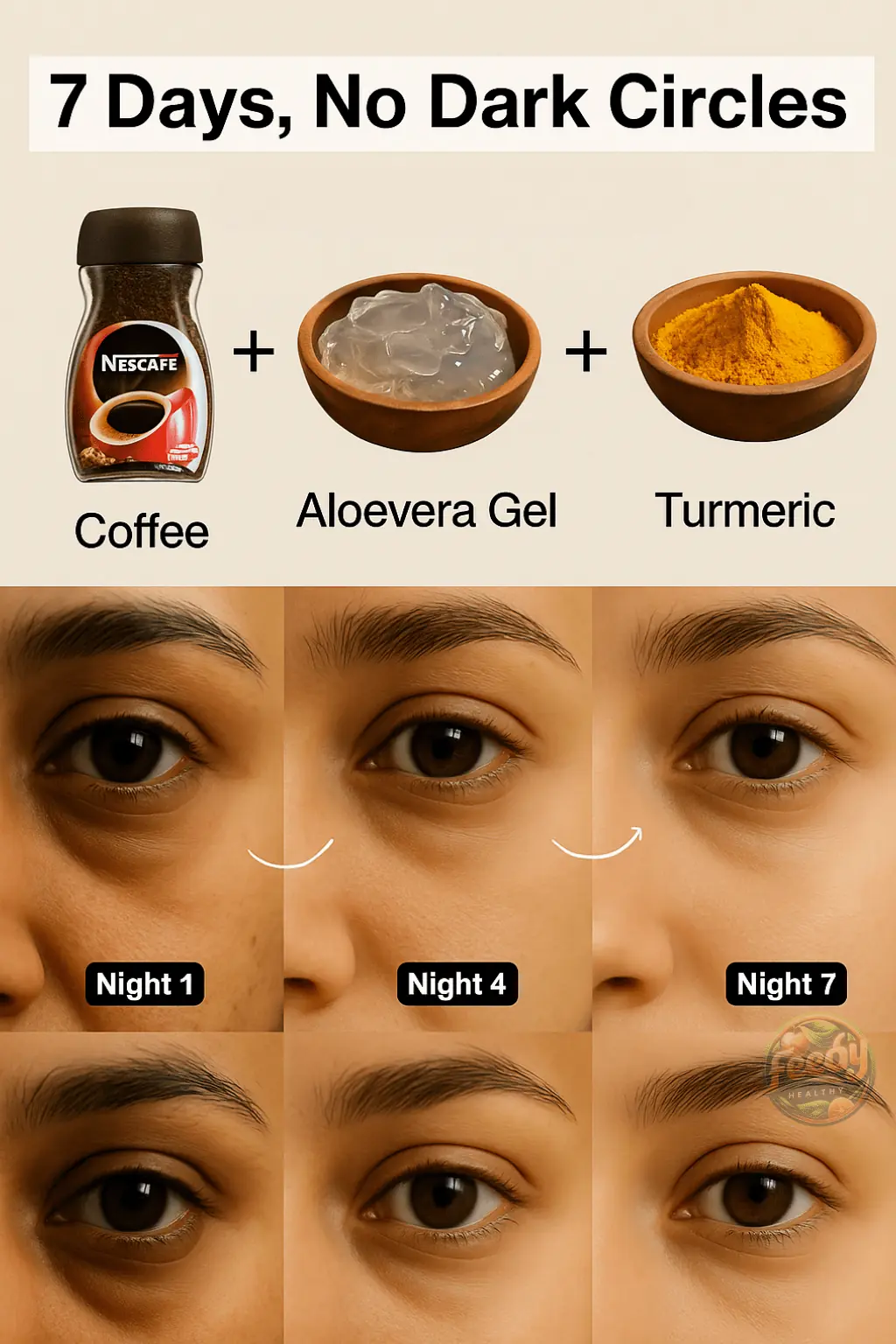
6 Coffee Eye Masks to Get Rid of Dark Circles | Under Eye Wrinkles | Eye bags & Puffy Eyes

Practical Guide: Vaseline Uses for Skin, Lips, and Hair Care
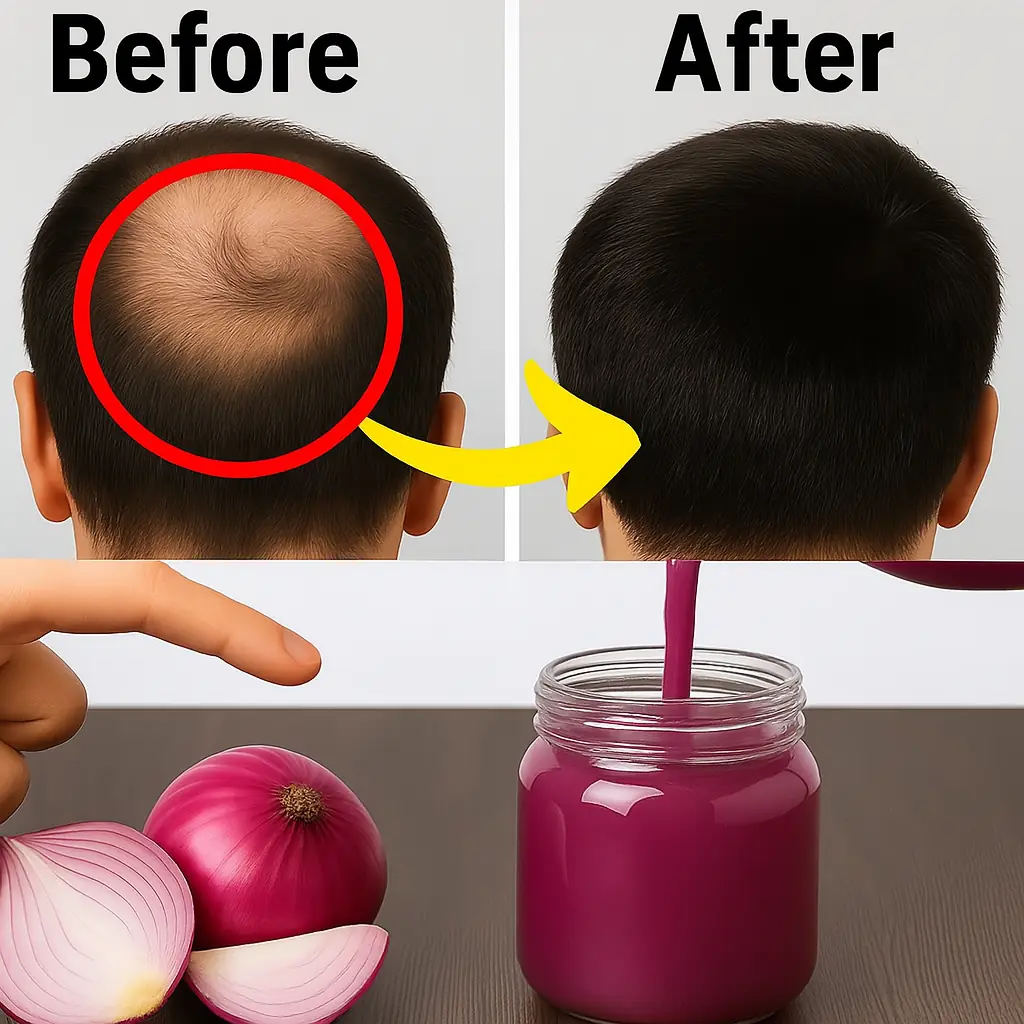
Red Onion for Hair Growth: A Natural Remedy for Thinning Hair
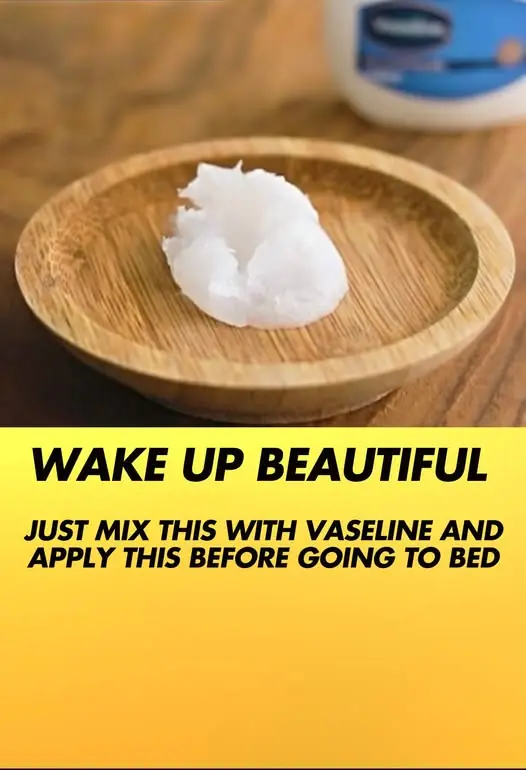
Late Night Beauty Hacks With Vaseline
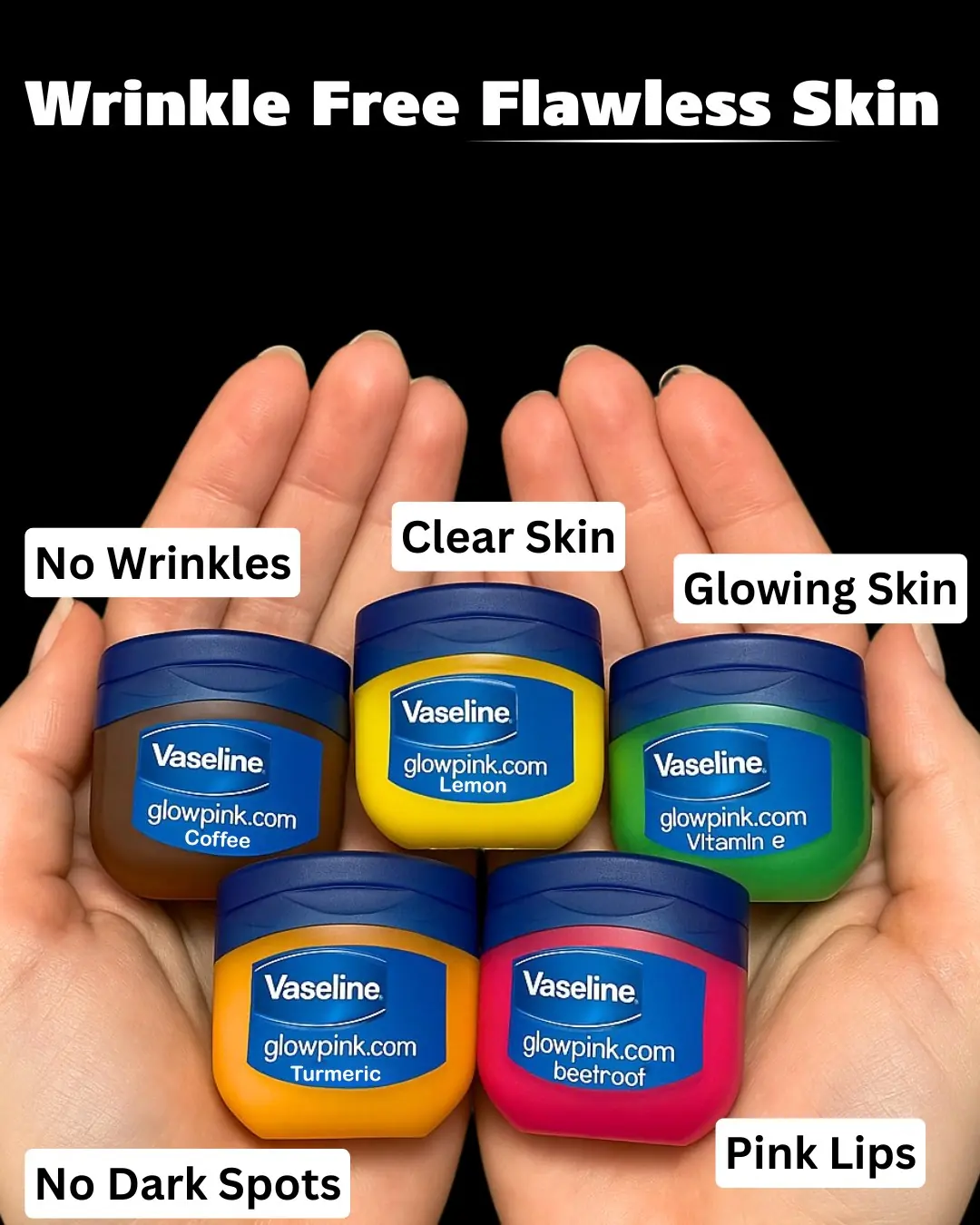
Vaseline For A Wrinkle-Free, Flawless, Glowing Skin
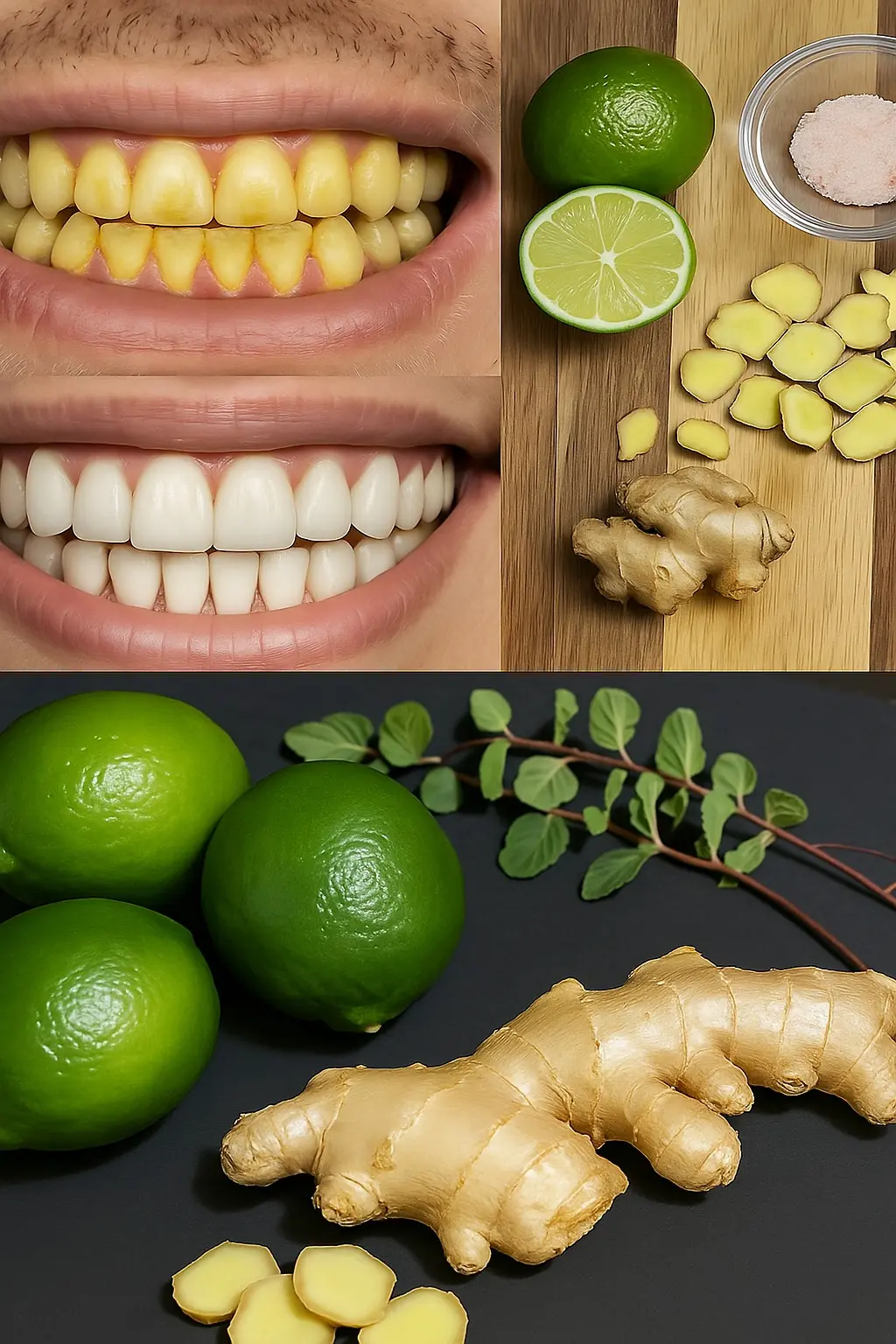
Sparkle Naturally: Transform Your Smile with Ginger and Salt!
News Post

Top 3 Ways to Treat Tooth Decay with Guava Leaves – Simple and Cost-Effective
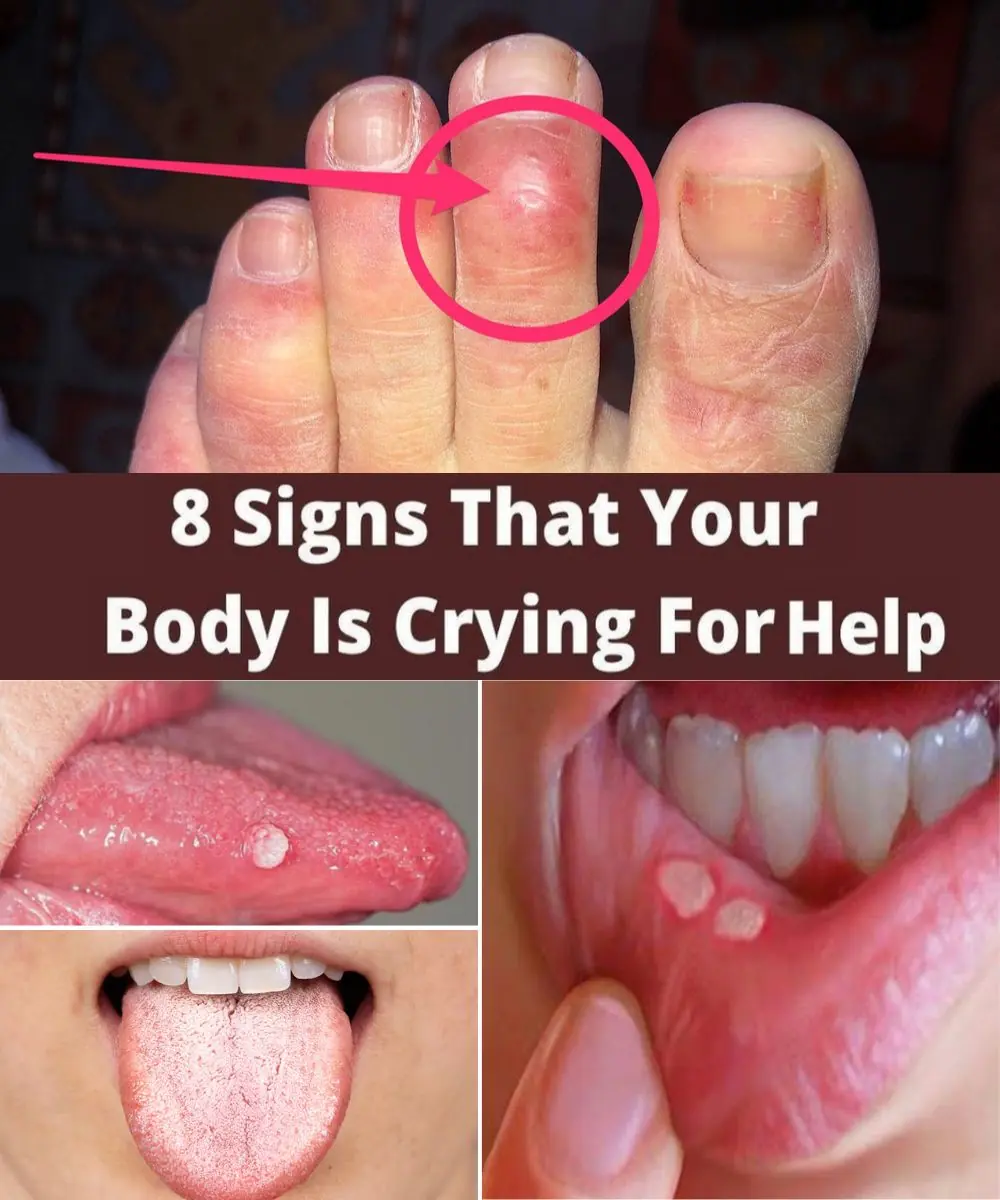
8 Signs That Your Body Is Crying for Help

Lonely baby raccoon waits on porch after storm

The Surprising Love Call of the World’s Slowest Mammal
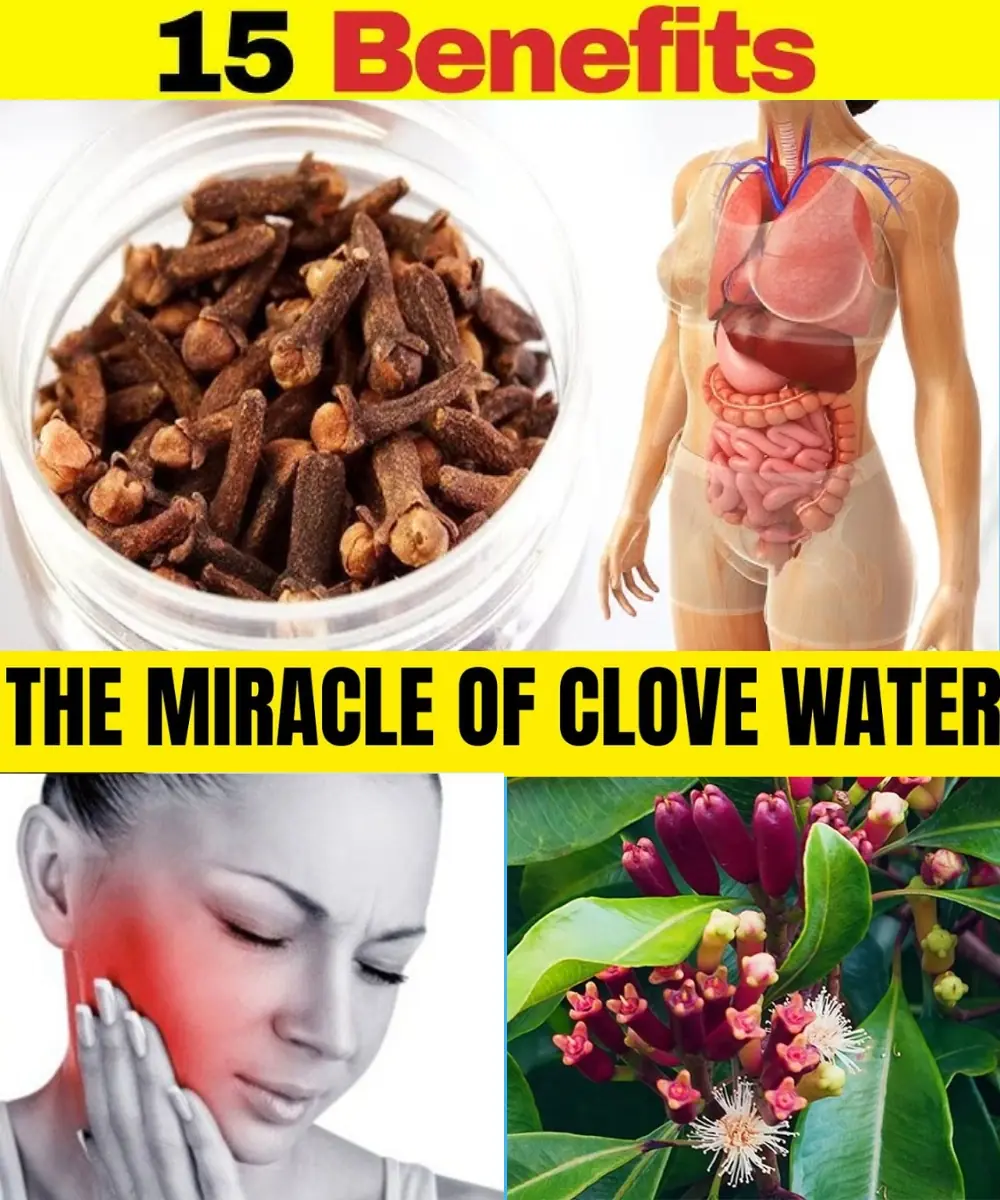
Transform Your Health in Just Days: The Unbelievable Benefits of Drinking Clove Water Daily
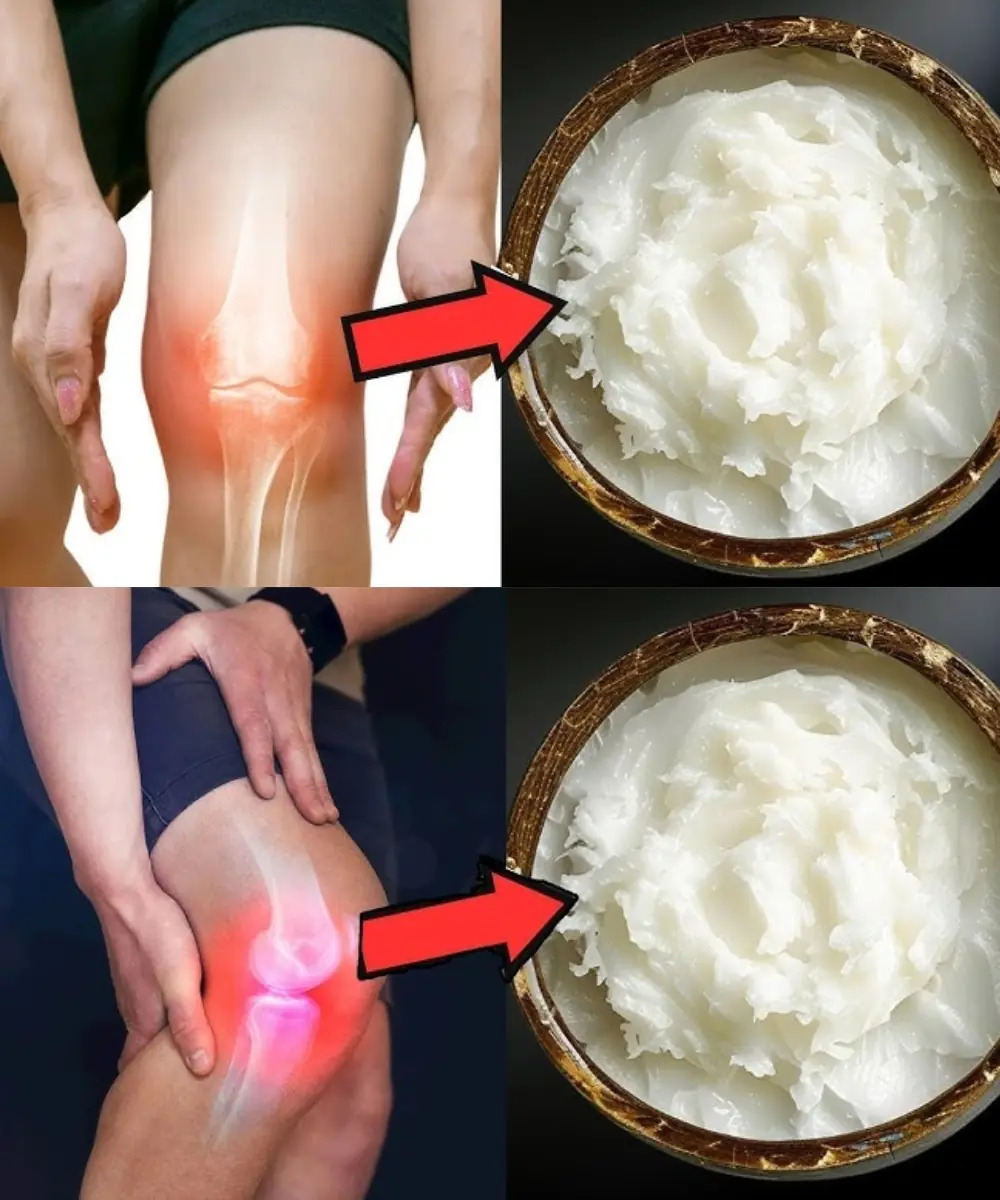
Foods to Rebuild Knee Cartilage: This Is What You Should Eat!

NEVER Eat Garlic With These 8 Foods—It Can Be DEADLY!

Celery for the Kidneys and Liver: The Natural Cleanser Your Body Will Thank You For

21 Reasons Why Every Home Should Grow a Mexican Mint (Indian Borage) Plant
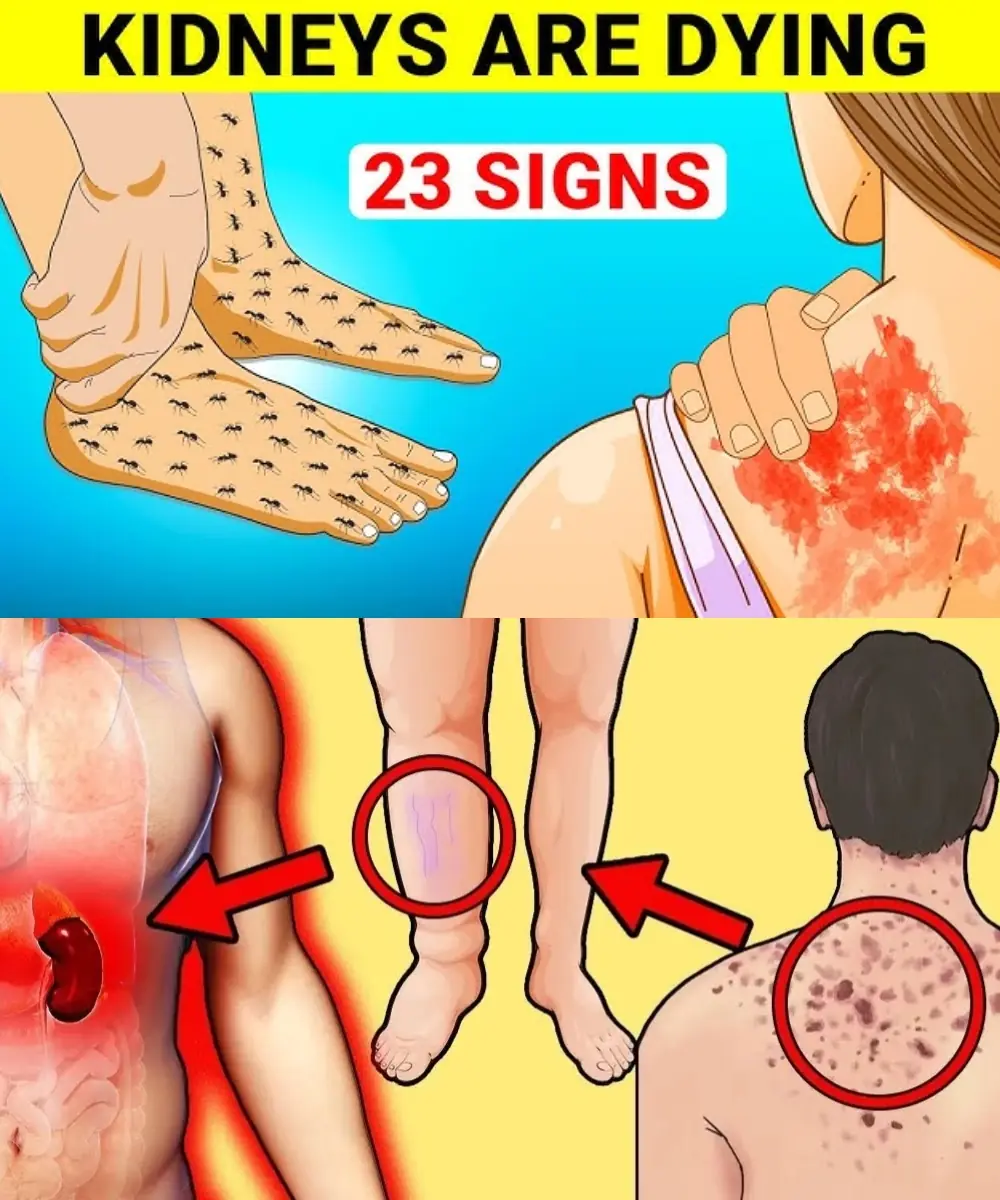
23 Warning Signs Your Kidneys Are Crying for Help
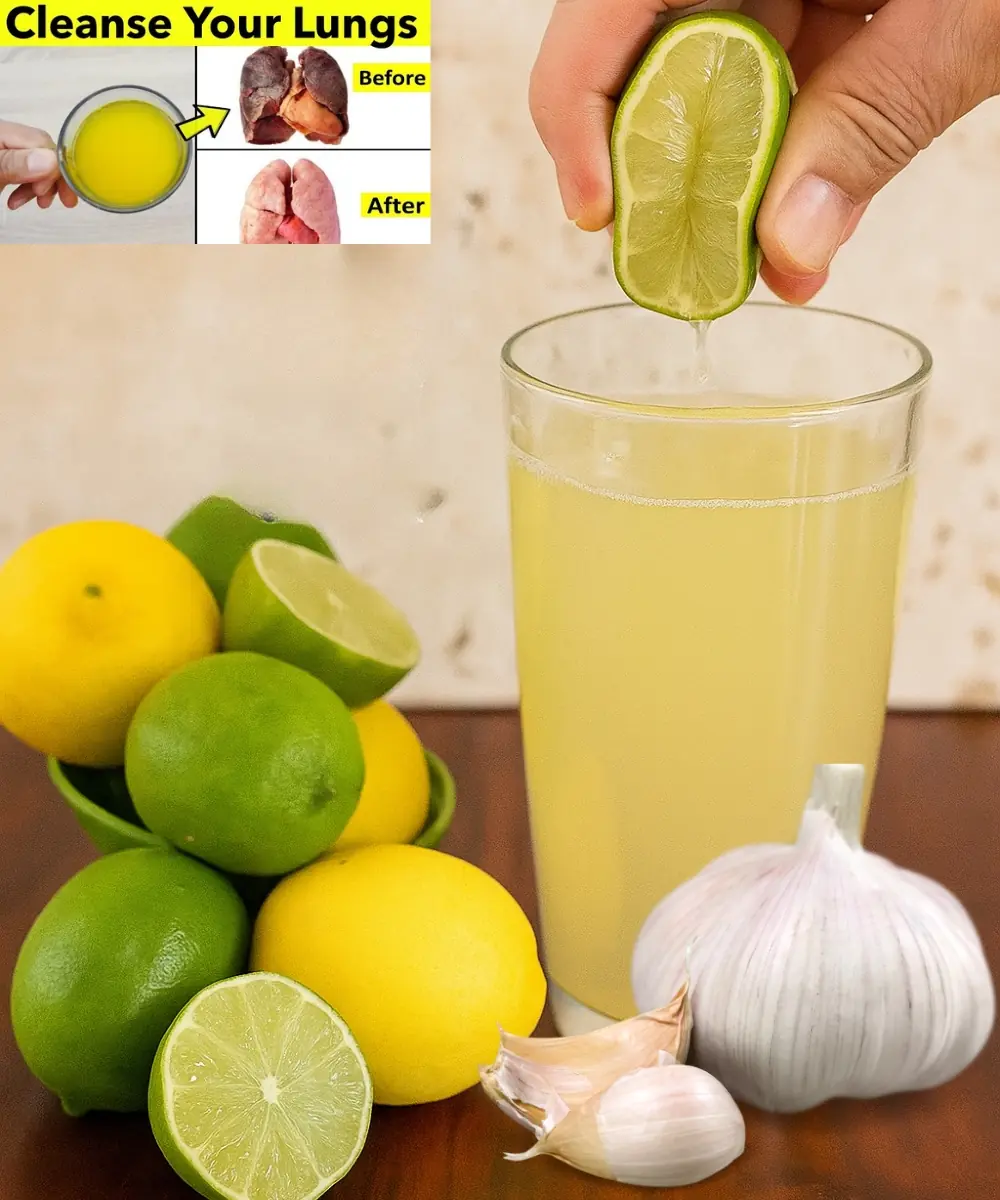
How to Make a Natural Remedy for Mucus and Chest Congestion: A Simple DIY Solution

10 Natural Ways to Make Mice and Rats Disappear in 60 Seconds (No Poison, No Traps)
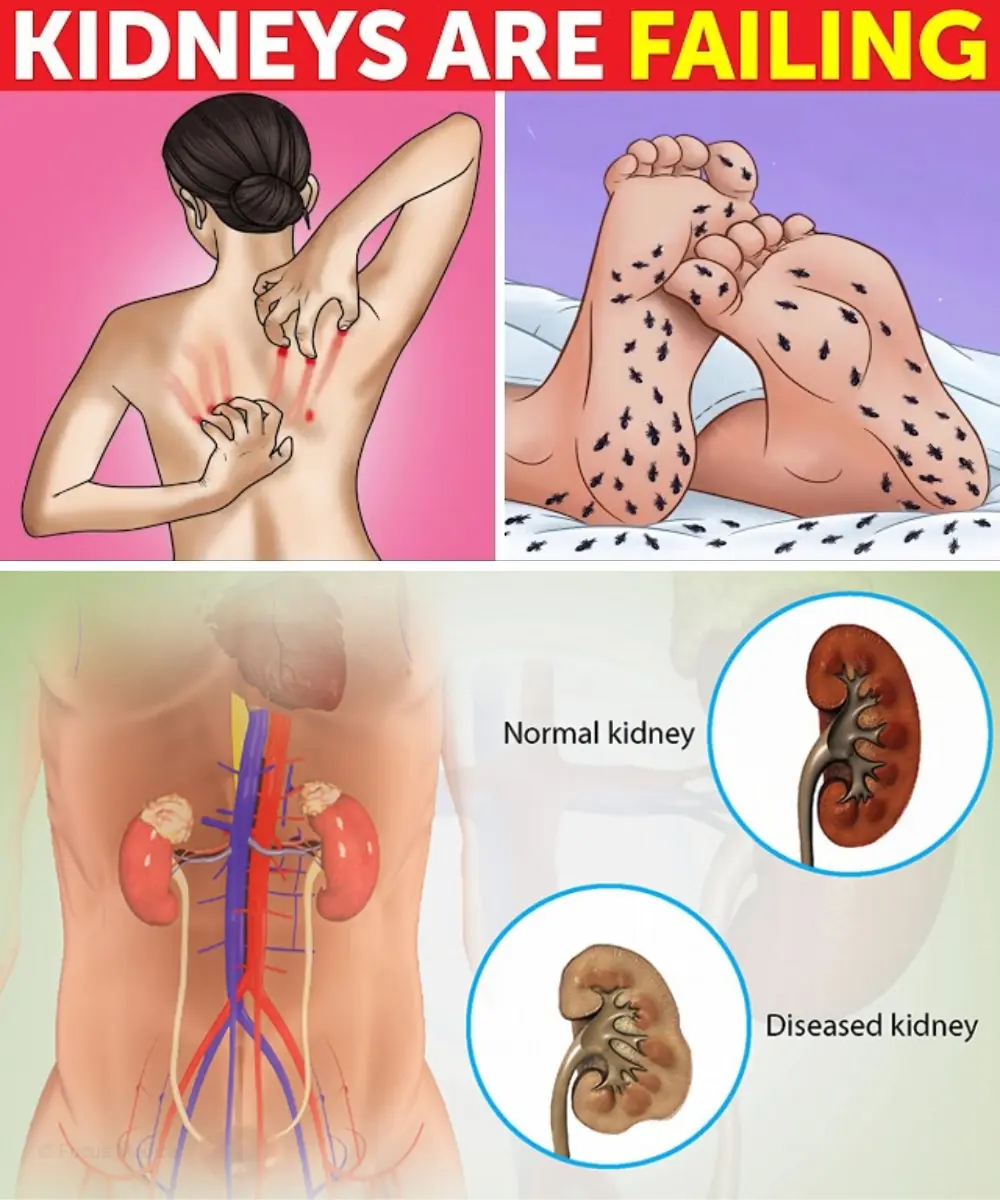
13 Alarming Signs of Chronic Kidney Disease (Are You at Risk?)

Taro: The Tropical Treasure Your Kitchen — and Your Body — Will Love

Physalis angulata – If You Find This Plant, Use It Immediately! A True Health Treasure for Your Whole Family
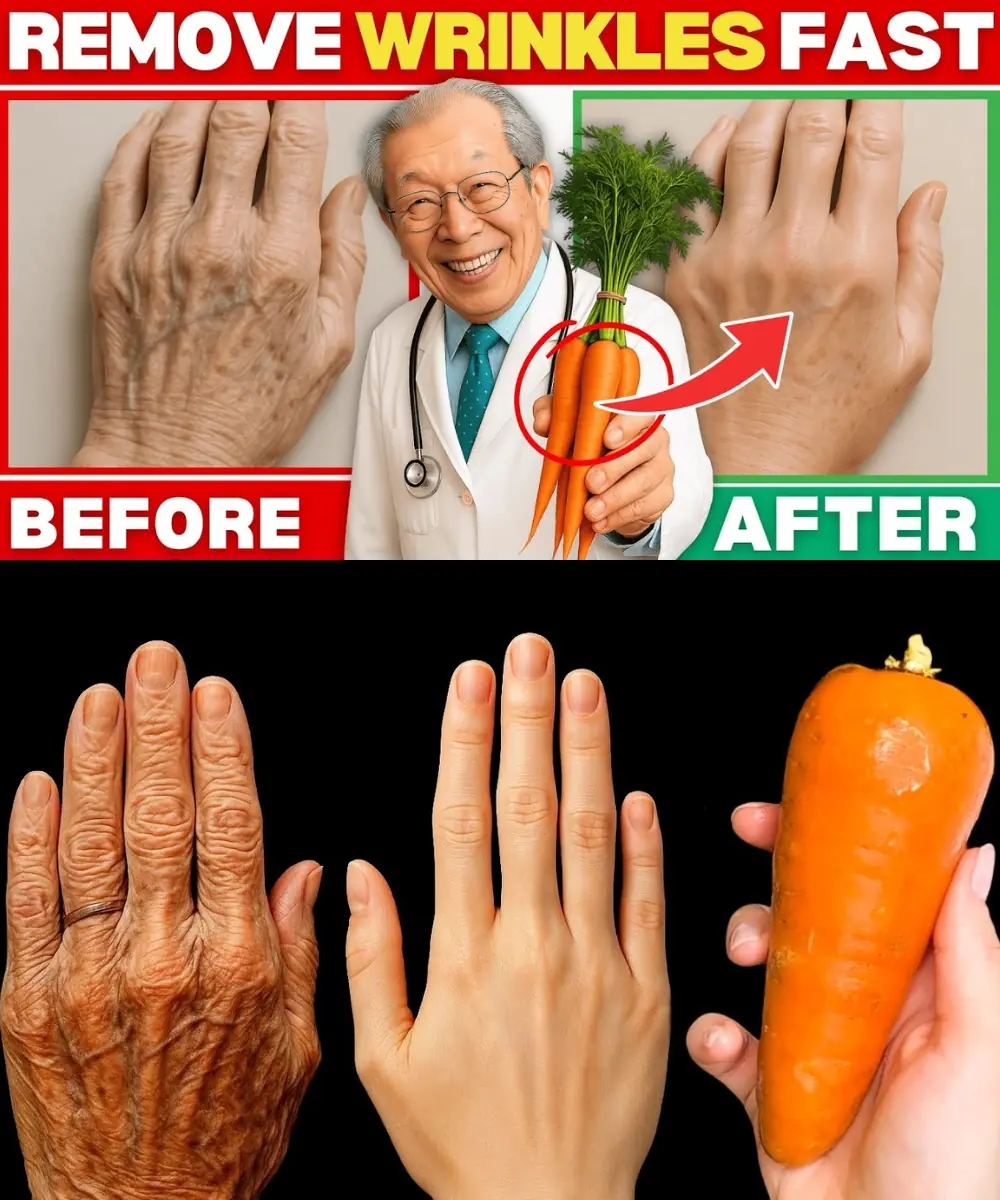
Japan's Oldest Doctor: New Japanese Carrot Secret Reverses Wrinkles Fast After 60 (Easy At Home)

13 Surprising Benefits of Eating Chili Peppers

Half of Japanese Companies Report Having an “Old Man Who Does Nothing,” Survey Finds

Half of Japanese Companies Report Having an “Old Man Who Does Nothing,” Survey Finds
